The Gallie Craig Coffee House, build atop a cliff overlooking the stormy North Atlantic, features a undulating green roof that blends seamlessly with the native prairie grasses surrounding it.
Green roofs, developed in Europe in the 1970’s, are becoming increasingly common in North America. In the early 2000’s, a number of major green roof projects were completed—including Chicago’s City Hall, Salt Lake City’s five-acre Conference Center and Ford’s 500,000 sq. ft. factory roof in Dearborn, Michigan—which put the technology in the media spotlight.
Since then, nearly a hundred million square feet of green roofs have been installed in virtually every possible climate zone across the U.S.
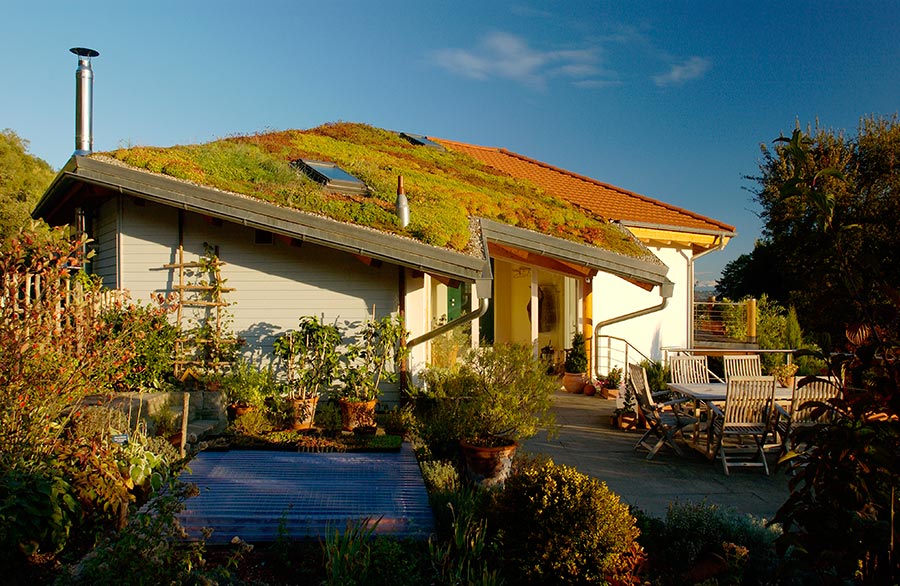 The upfront cost of installing a green roof is at least double that of other options, but the advantages are significant. The soil and plants on a green roof protect the membrane from UV decay, temperature fluctuations, and other destructive elements, so they’ll last 50 years instead of only 15 or 20.
The upfront cost of installing a green roof is at least double that of other options, but the advantages are significant. The soil and plants on a green roof protect the membrane from UV decay, temperature fluctuations, and other destructive elements, so they’ll last 50 years instead of only 15 or 20.
The growing medium is excellent insulation, so it leads to an increase in energy efficiency, and sound absorption.
Green roofs also decrease storm runoff. The Ford truck manufacturing plant mentioned above eliminated the need for a $10 million stormwater handling system. Many major cities, including Chicago, New York, Toronto, and Portland, Ore., offer financial incentives for this reason alone.
Finally, studies in Europe show that workers that can view a nearby green roof are happier, more productive, absent less often, and stay with the company longer. The building owners, in turn, are able to charge more for the space.
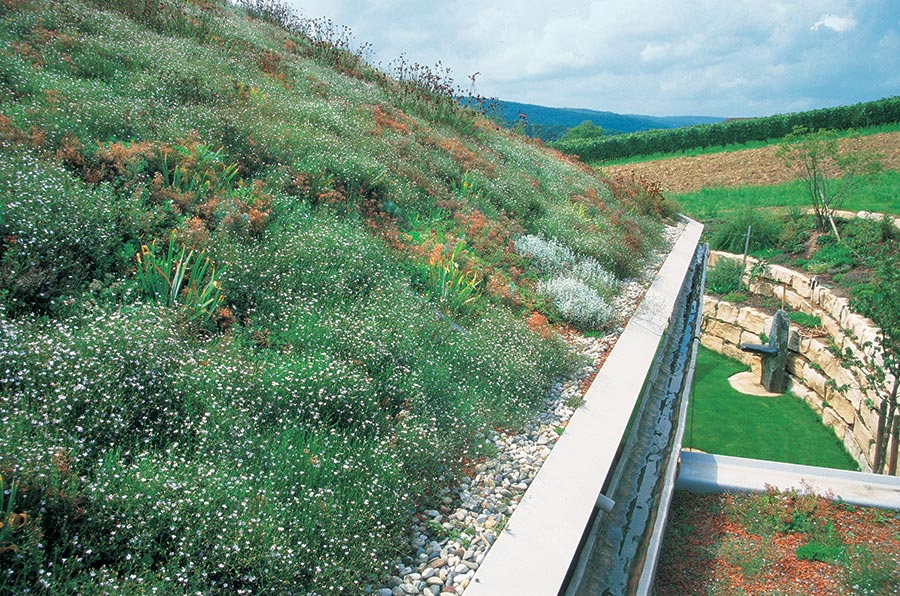
For flat and low-pitch roofs, most of the issues involved with designing and installing green roofs have been resolved. Vegetated roofs can be adapted to a stunning variety of buildings using off-the-shelf components.
Over the last decade, professionals have proven that even sloped roofs can be green, thanks to a few innovative solutions.
The Challenge
In designing a green roof, a very slight slope—less than a 1:12 pitch—is advantageous. Drainage is better, water doesn’t pool, and leaks are reduced. But as the pitch increases, so do the challenges. Adequate moisture for plant growth becomes an issue, as rainfall runs off the roof instead of staying in the growth medium.
“Practically speaking, soil acts like a sponge,” explains Amber Ponce, business development manager at LiveRoof LLC. “If a moist sponge is angled upward, water will run out of it. The same is true of soil; the greater the angle, the less capable the soil is of retaining water. For this reason, pitched green roofs will retain less stormwater, and they will dry out faster, which means that they will have an increased reliance on supplemental waterings than flat green roofs.”
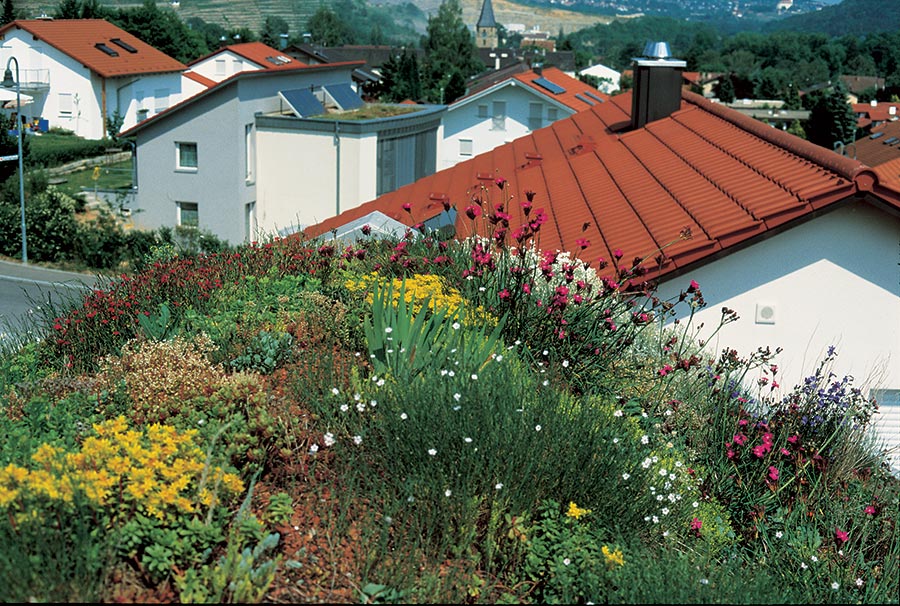
Plant positioning becomes more important, as south-facing slopes receive far more daylight (and heat) than those on the north side of the roof. Similarly, plants on the ridgeline receive less water than those on the eaves, so species must be chosen and placed carefully. Vegetation must also be fast growing, so it will cover the roof within a few months of installation.
The biggest challenge is dealing with the enormous sheer forces. Soil retention systems become mandatory, Eaves require structural support and soil retention boards. In some cases, plant anchors have to be installed to keep trees and bushes in place.
According to ZinCo, a green roof supplier, a root-resistant waterproofing barrier is absolutely essential. That’s because installing an independent root barrier is often difficult or impossible since they’re so slippery. Construction, maintenance, and roof access is more difficult.
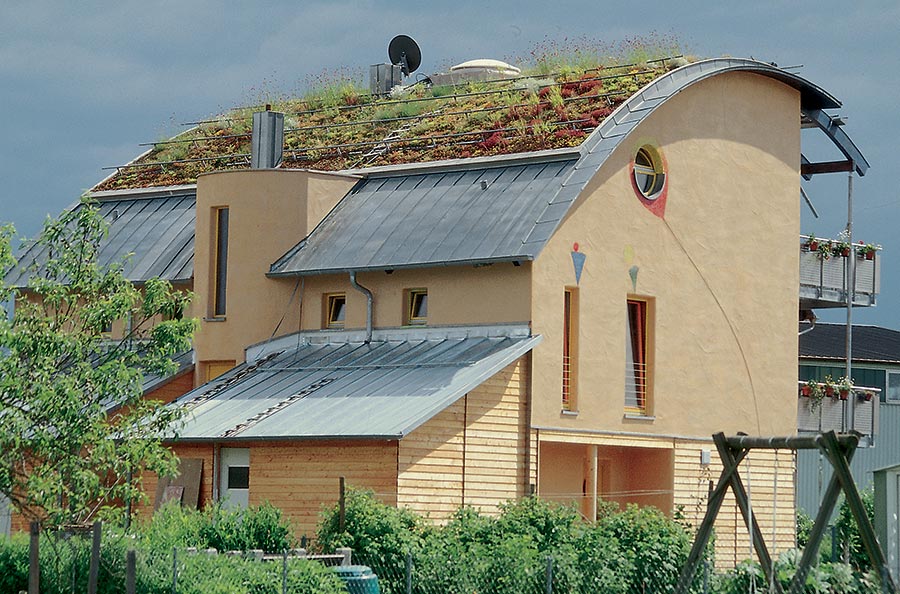
“Almost always, construction must start at the low end of the slope and work its way up to account for compression of the green roof components,” says Ponce. “Contractors must use care to plan for access in such a manner that minimizes or eliminates walking on the plants during installation. As will other pitched roofs, safety is critical and harnessing may be required.”
The International Green Roof Association (IGRA) has developed guidelines to help determine how much additional engineering is needed on sloped surfaces.
IGRA states that “traditional green roof components can generally be safely and effectively used on roof slopes up to 10 degrees [about 2:12].” Beyond that, installation will be significantly different from a traditional green roof and requires a different approach.
Dennis Yanez, national marketing manager at American Hydrotech, Inc. says “Anything over 2:12 pitch is going to require special engineering. Anything over a 3:12 pitch will require specialized systems and products.”
Although establishing a pitched green roof can be more challenging than installing a flat roof, dozens of sloped green roofs have been installed successfully across North America. They just require a little more planning.

To retrofit a sloped green roof onto the aging community center in North London, Ontario, Canada, designers turned to Liveroof LLC. Installed on a 4:12 pitch (left) the system consists of interlocking trays. Modules are delivered to the jobsite fully grown with mature plants (right) ensuring all of the benefits of a green roof are available from Day One.
Solutions
Solutions for all of these challenges are readily available. Below are some options for dealing with the two biggest issues. The solution chosen will likely be determined by the roof pitch.
Water: In a sloped environment, water will flow downhill relatively quickly, so plants will receive less water, especially along the ridgeline.
Solution 1: Retain more water. This can be addressed by simply using a deeper soil mix on the roof, or at least on the ridges. If the weight exceeds the maximum roof load, perhaps a more robust water retention layer (e.g. one with a deeper dimple) would solve the problem.
Solution 2: Select hardier plants. It may be possible to resolve the water issue by planting vegetation that can tolerate drier conditions on roof peaks, while reserving species that need more moisture for positions along the eaves.
Solution 3: Use vegetated mats. Mature plants with a fully established root system will be able to better access the water that’s available. Also, because their foliage shades the soil, less moistures is lost to evaporation. At least a half-dozen companies offer pre-planted trays, sacks, or mats. The LiveRoof Hybrid System comes with full-grown, mature plants to create a dense and seamless vegetative surface the day the system is installed.
Solution 4: Irrigate. A third solution—perhaps the only one in dry climates—is to install a drip irrigation system that distributes more moisture along the upper edges of the roof.

Soils on steep green roofs are easily stabilized with Gardnet from American Hydrotech, even on slopes as steep as 5:12 (30) such as these pictured below on the Vancouver Convention Center
Soil Retention: This is perhaps the biggest challenge for sloped green roof construction, as sheer forces will try to pull the membranes, substrate, and plants off the roof. Fortunately, manufacturers have created a variety of products to address it.
Solution 1: For low to moderate pitches. For pitches between 2:12 and 3:12 (10-15%), jute or burlap over the growing medium may be adequate. Colbond’s Enkamat can also be used beneath the soil to stabilize these moderate slopes. Made of a tangled, nonwoven mass of polypropylene fibers up to two centimeters thick, this 3-D mat is quickly infiltrated by roots, and locks soil into place.
Solution 2: For moderate pitches. Beyond a 3:12 pitch, specialized systems are needed. The sheer forces are just too extreme.
Ponce explains, “The low side parapet must be built to have the structural integrity to resist whatever forces exist. Depending on the steepness and the length of the run, a structural parapet may not be sufficient to contain the force of the green roof. For these roofs, it may be appropriate to incorporate ‘stops’ or buttresses in the design in order to prevent all of the load from being exerted against the eave. Care must be exercised in the design and the construction of these stops to minimize penetrations in the waterproofing system.”

Lincoln Center, the world’s leading performing arts center, is home of The Metropolitan Opera, The New York City Ballet, The New York Philharmonic Orchestra, and the Julliard School. Since 2004, it’s also home to one of the nation’s most innovative green roofs. Designers wanted a lush, tilting lawn that curved up on two sides, and could withstand public access. To keep the vegetation and growing media from sliding off the roof, they used GardNet from American Hydrotech, a product originally developed for the U.S. Military during the first Gulf War in 1991. The new green roof lawn, affectionately nicknamed “Green on the Tavern” is currently open to the public on the North Plaza of the Lincoln Center.
Various systems can be used to hold the soil in place.
ZinCo’s Floraset has been used to create sloped green roofs as steep as 25o (5:12). The product is basically a rigid, dimpled EPS foam board with each dimple or tooth measuring a full three inches tall. It’s best for shallow extensive green roofs where the EPS “teeth” are nearly the same height as the growing medium.
Some pre-grown plant mats and grids, such as LiveRoof, Green Grid, and Green Living Panels made by Green Living Technologies (GLT), are suitable for moderate pitches as well. These systems are plastic or metal “trays” that are prefilled with growing media, and often pre-grown as well. The trays serve as excellent soil retention, and they solve water retention issues as well. With the GLT panels, water capacity is adjustable via GLT water retention mats.
If the roof is fairly steep, the trays must be secured to the roof deck, but they have some advantages no other system offers. It’s easier to do maintenance, for instance, when the trays can simply be lifted out of place. The vegetation can easily be moved or rearranged.
LiveRoof trays were used to create a sloped green roof on the London Community Centre in Ontario, Canada. The 1,750 sq. ft. project has a 22o slope.

The 15,000 sq. ft. sloping green roof on the MacAllen building in south Boston, Mass., posed serious installation challenges. When the 12-story condominium was completed in 2007, it could claim the steepest sloping green roof in the United States. Once again, Gardnet was used to stabilize the soil. The innovative roof contributed to the building earning LEED-Gold status.
Solution 3: For Steep Slopes: When roof pitches exceed 6:12 (26o), engineering becomes extreme. Sheer forces are so great that eave and parapet reinforcement is no longer adequate. Installers must use some other system to hold the growth media and plants in place that transfers the load onto the structural roof deck.
At least four companies market soil-retention products specifically for steeply sloped green roofs. They work by dividing the roof area into smaller cells, usually about a foot square, which are structurally anchored onto the roof deck.
Perhaps the most well-know is GardNet, sold by American Hydrotech. It’s made of perforated polyethylene strips, fastened together to form an offset grid. It’s available in standard depths of 3 to 12 inches. Each section, measuring 8 feet by 20 feet, is secured with a network of steel cables, which are fastened to the roof’s framework. It has been used on a number of high profile projects, including the convention center in Vancouver, Canada, the Lincoln Center in New York City, and the MacAllen Building in Boston, Mass. The Boston project has sections of its green roof approaching 45 degrees (12:12).
ZinCo’s Georaster is another soil retention system with outstanding proven results. Made from rigid high-density polyethylene (HDPE), it comes as a bundle of 20”x20” tiles, which are snapped together and structurally attached to the roof. The five-inch-high tiles are then filled or covered with growing medium. Like GardNet, Georaster has been used successfully on slopes up to 45o.
Roofmeadow’s slope stabilization system is another option. This product was used on the barrel roof of the Testa Produce building in Chicago, Ill. The 4-inch thick growing medium covers 7,500 sq. ft and weighs more than 90 tons. But because of the unique shape, the weight on one side of the roof counteracts the weight on the other. No fixed anchors were needed, despite the fact that the roof pitch reaches 43o at the eaves.
Presto’s Geoweb, the “original cellular soil stabilization system” designed more than 30 years ago for road construction, has also been used on green roofs.

The 7,500 sq. ft. barrel roof on this building reaches a maximum pitch of 43o, yet required no fixed anchors, thanks to an innovative soil stabilization system from Roofmeadow. Owned by Testa Produce and located on the outskirts of Chicago, the soil was covered with pre-grown reinforced sedum mats. Once a brownfield site, the building is now LEED Platinum making it the first industrial building to achieve that status. The facility also includes a wind turbine, a solar hot water system, recycled concrete, LED lighting, and a 30,000 sq. ft. flat green roof.
Conclusion
“Part of the decision-making process will depend upon cost and availability,” says Robie Anson, a New York City-based green roof enthusiast. “The availability of proprietary components will, to an extent, influence the use of nonproprietary components.”
Whether it’s a gentle 2:12 pitch in the suburbs or an extreme 12:12 pitch spilling down the side of a downtown skyscraper, experts are available to make the dream a reality.
“The bottom line is that with careful planning it is possible to successfully install a pitched green roof,” Anson says “It is crucial, however, that builders make considerate design choices and source appropriate materials.” n
Summer 2011 Back Issue
$4.95
Underslab Retrofits
Project Profile: Canadian Subways
Sloped Green Roofs
Green Roof Directory
AVAILABLE AS PDF DOWNLOAD ONLY
Description
Description
Underslab Retrofits
If an underslab barrier should have been installed, but wasn’t, there are still ways to prevent moisture intrusion. Split slabs, dimple membranes, and high performance coatings are all options.
Project Profile: Canadian Subways
Two projects in Vancouver and Calgary show how waterproofing contractors tackled these massive jobs, installing more than a million square feet of material on each project.
Sloped Green Roofs
It’s possible to install energy-efficient, long-lasting vegetative roofs on even steep pitches. Soil retention and water issues can be solved with a combination of the right soils, plants, and anchoring systems.
Green Roof Directory
In print for the first time, the Greenroofs.com directory contains more than two dozen companies, categorized by the products and services they offer.
Additional Info
Additional information
| Magazine Format | PDF Downloadable Magazine, Print Mailed Magazine |
|---|

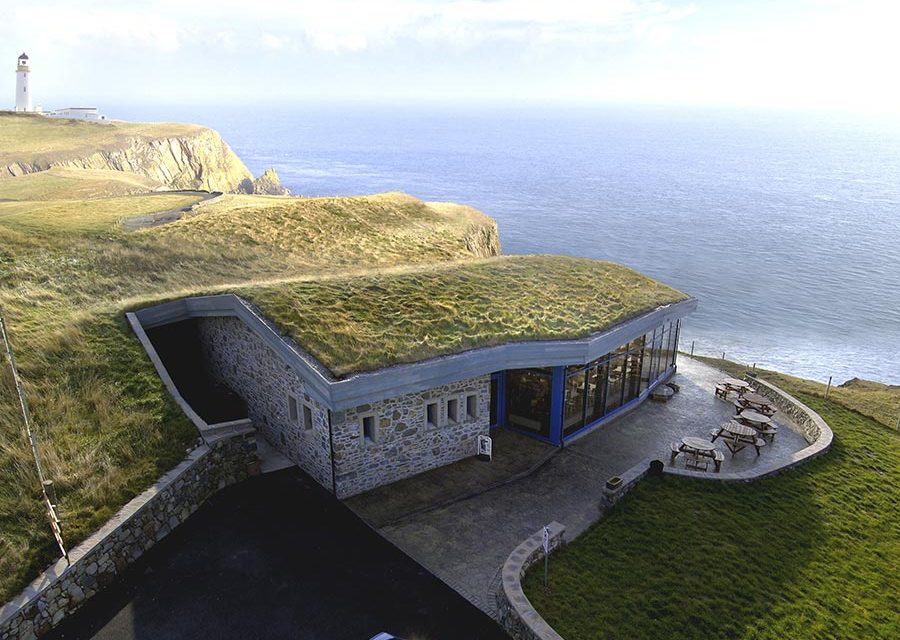
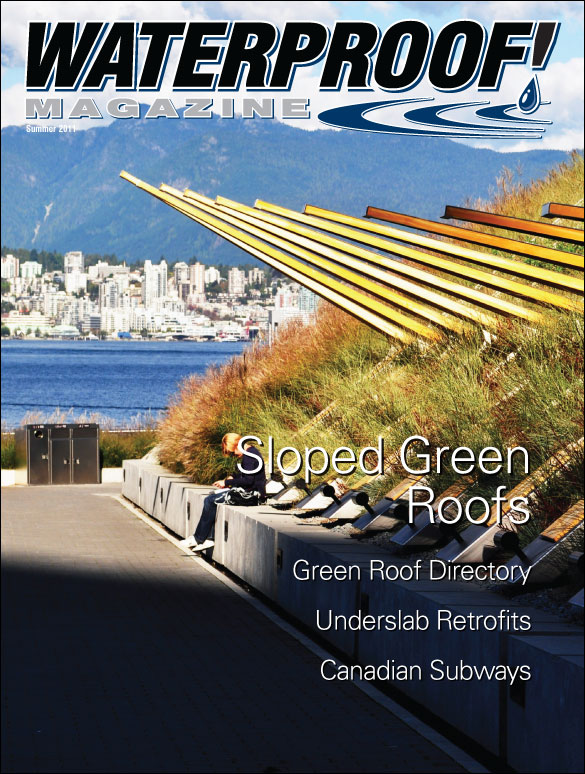
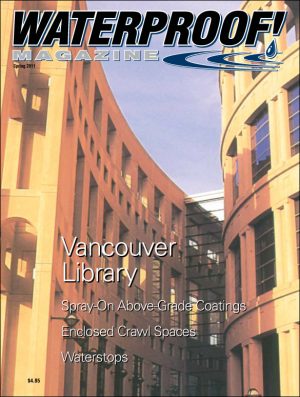


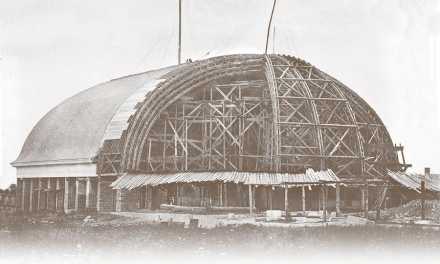
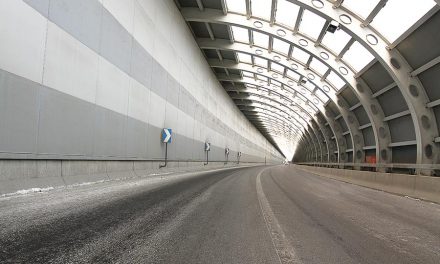
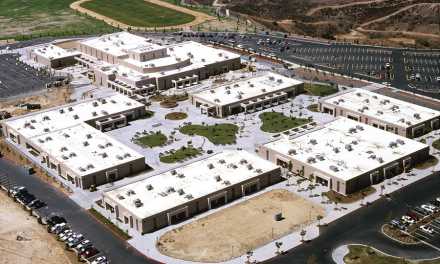
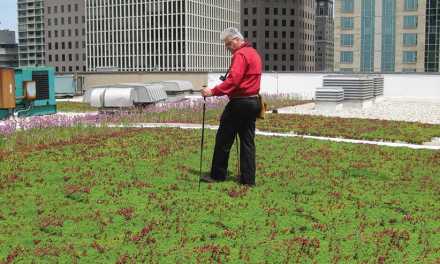
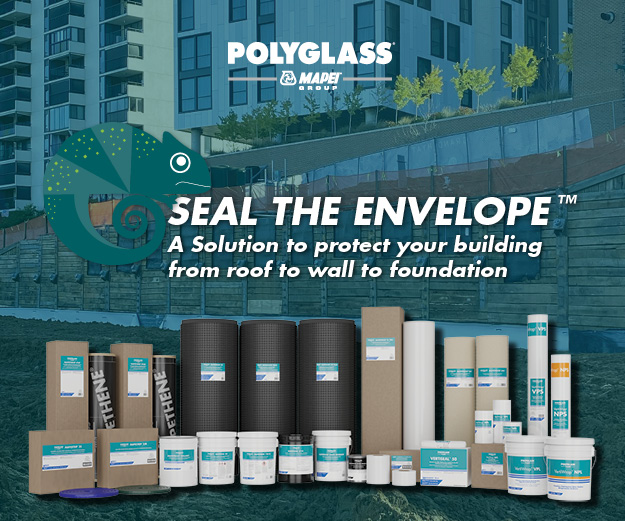

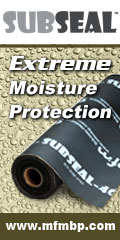
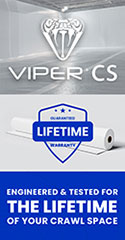
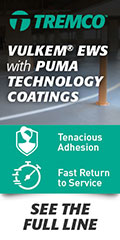



Window replacement –
I am remodeling a small craftsman bungalow. The only bath has a window in the shower that I would like to keep for the natural light it provides. Is there any way to keep the character and make it water tight? Will a replacement composite or vinyl window stand up to the water abuse? Is glass block my only choice?
https://www.canglow.ca/window-replacement-edmonton/